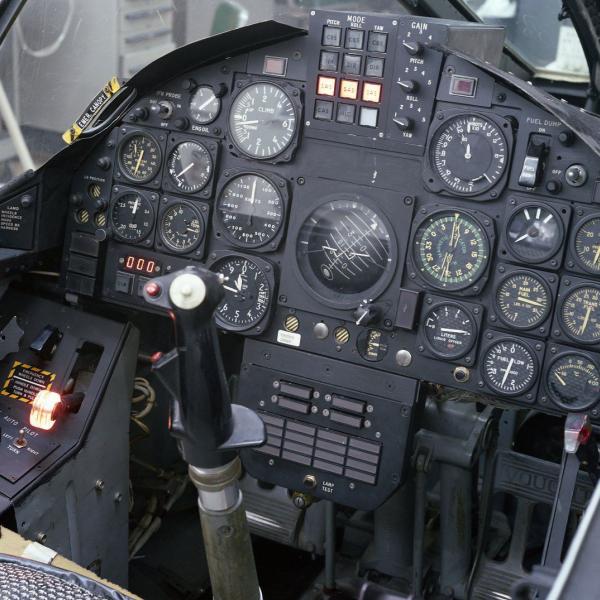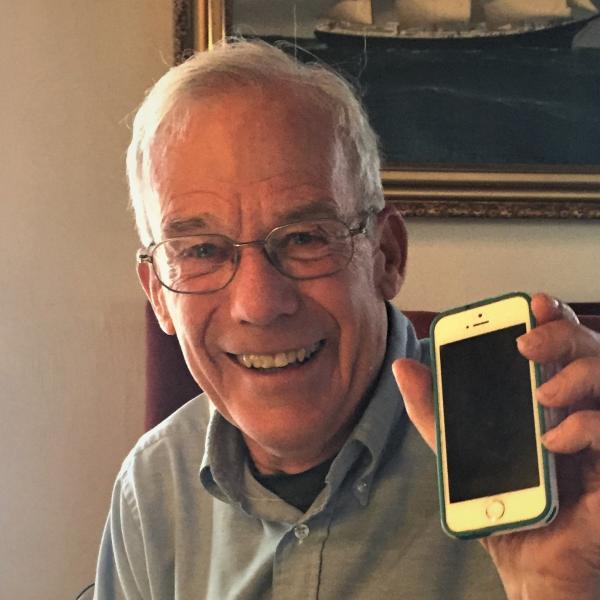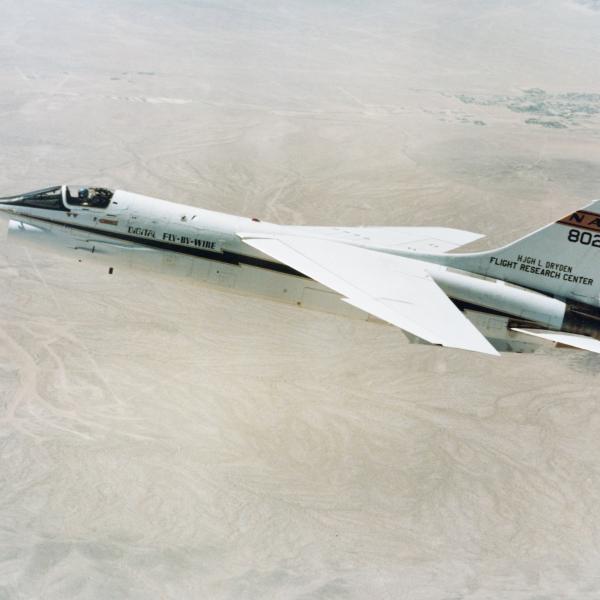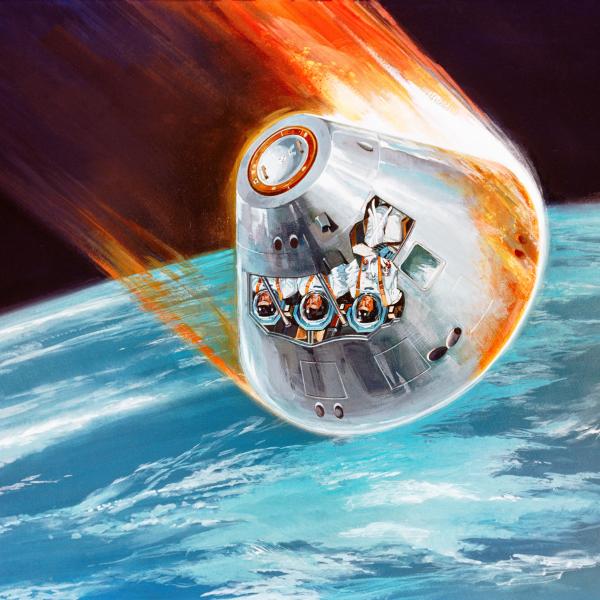
Robert Bairnsfather
Space engineer Robert Bairnsfather served in the Navy during World War II before going to MIT and graduating with both a bachelors and masters in electrical engineering. He came to the Instrumentation Lab after working in Alabama, where he was from, at the Southern Research Institute. At the IL, Bairnsfather designed the guidance program for reentry, something that would allow the Apollo missions spacecrafts to safely land on Earth. He was careful about his work, making sure his calculations were accurate but allowed for some level of flexibility to adapt new changes. The trajectory had to be calculated along with when, and how much power the thrusters would fire.
After his work with the Instrumentation Lab, Bairnsfather moved on to work on NASA’s Digital Fly-By-Wire program. Some of the program had its start in the Apollo computers, but the end goal, to have the flight controls be based on electrical signals rather than mechanical movements, was ultimately developed in concert with other technologies in a NASA research lab. Bairnsfather was awarded the Apollo Achievement Award from MIT, and NASA gave him an award for the Fly-By-Wire program in 1984. He was inducted into the Space Technology Hall of Fame in 2010, just five years before his death.



